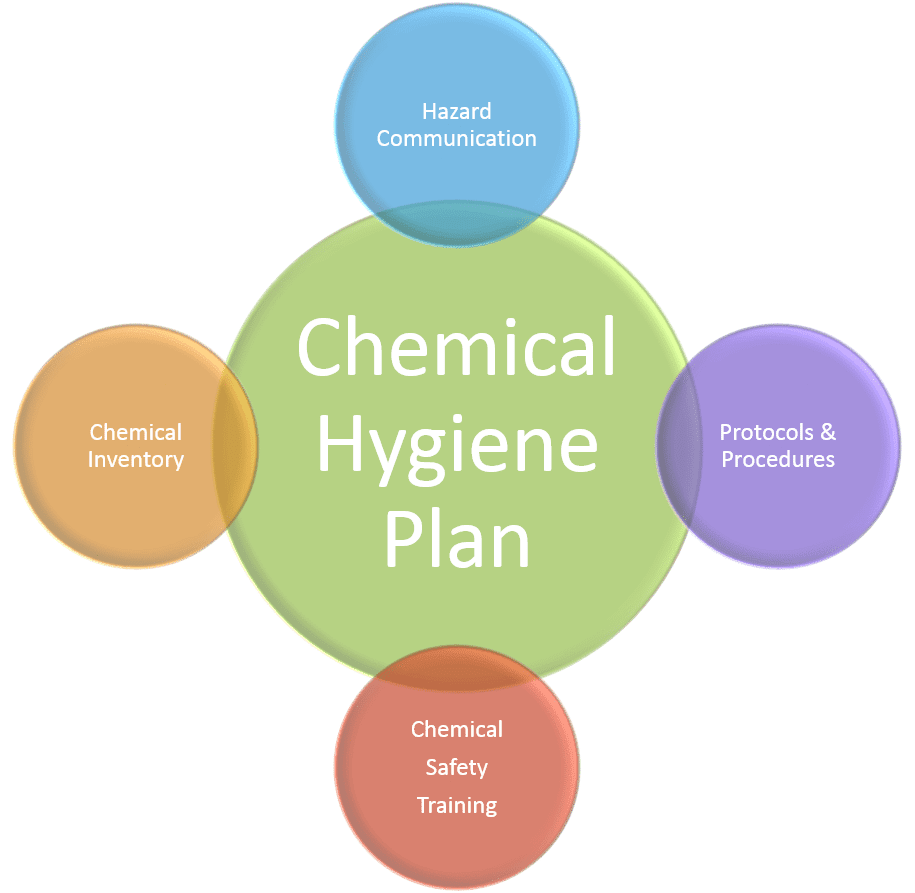
The Occupational Safety and Health Administration (OSHA) sets standards for facilities to abide by to ensure a safe and healthy working environment. One standard within 29 CFR 1910.1450 is referred to as the Laboratory Standard, which was put in place to protect laboratory workers from being harmed by hazardous chemicals. Part of the Laboratory Standard requires laboratories to develop a Chemical Hygiene Plan (CHP).
CHP Purpose
A CHP is a written program that protects lab employees through policies, procedures, and responsibilities regarding health hazards associated with hazardous chemicals used in the workplace. A CHP breaks down into 12 sections including chemical management, emergency response, waste disposal, standard procedures and much more.
Standard Operating Procedures
Your facility’s CHP must include safety and health standard operating procedures (SOPs) specific to your facility. For example, if you know that you have hazardous chemicals such as carcinogens, your CHP should have SOPs for working with these specific chemicals.
Emergency Response Procedures
Your CHP should give specific details about what to do during an emergency situation that could occur at your facility. For example, if there is an acidic chemical spill, the CHP will have specific details as to how to limit the spreading of the chemical, reduce the risk of chemical exposure and how to properly clean up the spill.
Chemical Management
Your chemical hygiene plan should reflect the specific chemical management procedures used at your facility. It should go into detail describing hazard identification, labeling procedures, chemical inventory, storage, disposal and shipping methods used at your facility.
